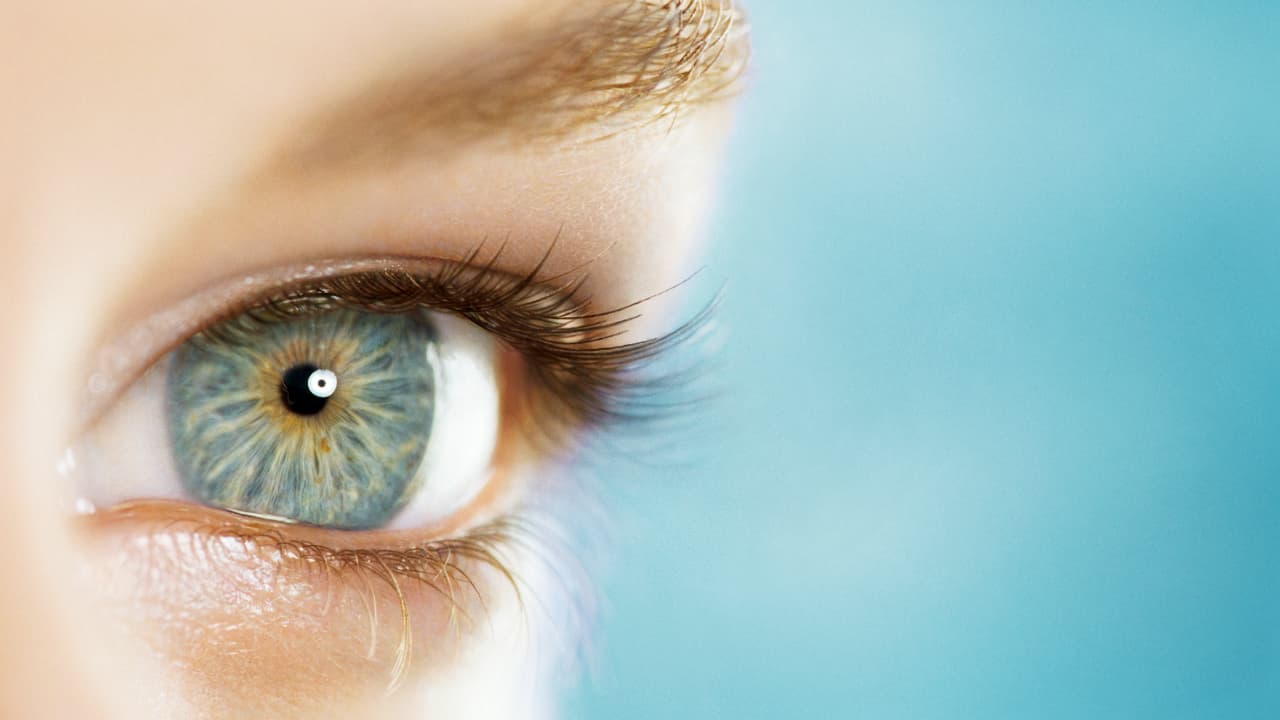Could a new laser treatment prevent blindness from AMD? Learn how this therapy uses gentle heat to activate the eye’s repair systems and stop vision loss.
As people grow older, their eyesight can weaken, and for many, it’s not just about needing reading glasses. About one in three people over the age of 80 develop a condition known as age-related macular degeneration (AMD). This condition affects the retina, which is the light-sensitive layer at the back of the eye, and can lead to the loss of central vision, the part that helps us see what is directly in front of us. The study was published in Nature Communications.
In the United States alone, nearly 20 million adults over the age of 40 have AMD. Most of them have the “dry” form, which develops slowly over time. It can make it hard to read, drive, or recognize faces, and there is currently no effective treatment for it.
Now, researchers at Aalto University in Finland believe they may have found a way to stop this condition before it causes serious damage. Their method uses controlled heat from a specially designed laser to strengthen the eye’s natural defence system.
Warming the Eye to Help It Heal Itself
The new technique works by gently warming the tissue at the back of the eye by just a few degrees. This might sound simple, but it’s a tricky process, it’s hard to measure the temperature deep inside the eye, and heating it too much could cause harm.
Temperatures above 45°C can damage tissue, so precision is crucial. The Aalto team developed a system that uses near-infrared light and real-time temperature monitoring. This allows doctors to safely control how much heat is applied, ensuring it’s enough to trigger healing but not enough to cause injury.
The idea is that this small, controlled “heat shock” can activate the body’s own repair systems. When proteins in the eye become damaged or misfolded, cells try to fix them using a special group of molecules called heat shock proteins. These act like tiny repair workers, helping damaged proteins fold back into their correct shapes.
If repair isn’t possible, the cell breaks the damaged proteins down into amino acids, the building blocks it can reuse later.
When too much waste has built up, another cleaning process called autophagy kicks in. This natural recycling system, discovered by Nobel Prize winner Yoshinori Ohsumi in 2016, wraps the damaged material inside a small bubble-like membrane. Special enzymes then break it down and remove it, much like a biological waste disposal system.
Professor Koskelainen, “We were able to show that we can activate not only the production of the heat shock proteins, but also autophagy using the heat shocks. This process is like waste disposal.”
From Laboratory Tests to Human Trials
So far, the results have been very encouraging. The team tested the laser treatment on mice and pigs, and the findings showed that the heat activated the eye’s repair processes without causing any damage.
The next step is to see how well it works in humans. Clinical trials are already planned in Finland for the spring of 2026. The first phase will focus on making sure the laser treatment is completely safe. Later stages will determine how often the therapy should be repeated to keep its effects going.
Towards a Future Without AMD
To bring the treatment closer to everyday use, the research team has launched a spin-off company called Maculaser. Their goal is to move the technology from the lab to hospitals and eye clinics.
According to Koskelainen, if all goes well, patients might start benefitting from this laser treatment in as little as three years. If successful, this could be a major breakthrough for millions of people at risk of vision loss. Instead of waiting for AMD to cause permanent damage, doctors could use gentle bursts of heat to strengthen the eye’s defences early on, preventing blindness before it starts.
As the global population continues to age, innovations like this may play a key role in protecting one of our most precious senses, the gift of sight.
